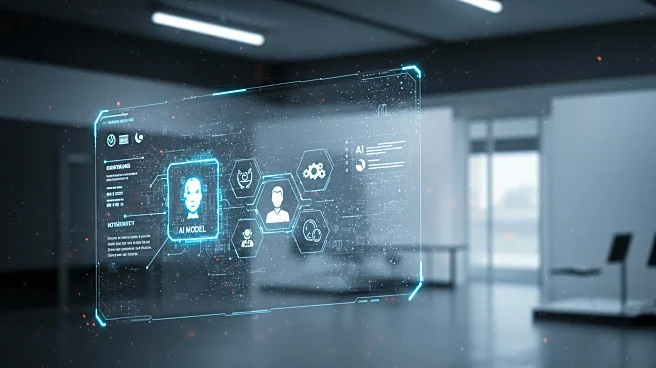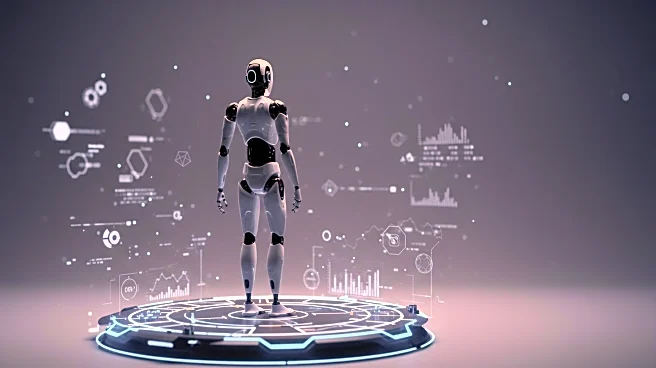What's Happening?
OpenAI has introduced its latest generative AI model, ChatGPT-5, which allows users to select from different AI modes. This development comes after feedback from users who preferred the flexibility of older models. ChatGPT-5 includes two primary modes: a fast, lean model for simple tasks and a reasoning model for more complex queries. Users can choose between these modes or let a routing program decide the best fit for their queries. The launch has faced challenges, including user dissatisfaction with the lack of model choices and competition from other AI developers like Anthropic and Google.
Why It's Important?
The introduction of model choices in ChatGPT-5 represents a significant shift in OpenAI's approach to user customization and AI functionality. This flexibility is crucial as AI technology becomes increasingly integrated into various sectors, including business, education, and personal use. By offering different modes, OpenAI aims to cater to diverse user needs, enhancing the AI's applicability and user satisfaction. The ability to choose models could influence how businesses and individuals utilize AI, potentially driving innovation and efficiency. As AI technology evolves, user-centric features like these may become standard, shaping the future of AI interactions.
What's Next?
OpenAI plans to continue refining ChatGPT-5, addressing user feedback and enhancing model capabilities. The company aims to provide more customization options, allowing users to tailor the AI's responses to their preferences. This ongoing development will likely involve expanding model choices and improving the AI's adaptability. As OpenAI competes with other AI developers, maintaining user satisfaction and technological advancement will be key to its success. The broader AI industry may see similar trends, with companies focusing on user-driven features to differentiate their offerings and meet growing demand for personalized AI solutions.











